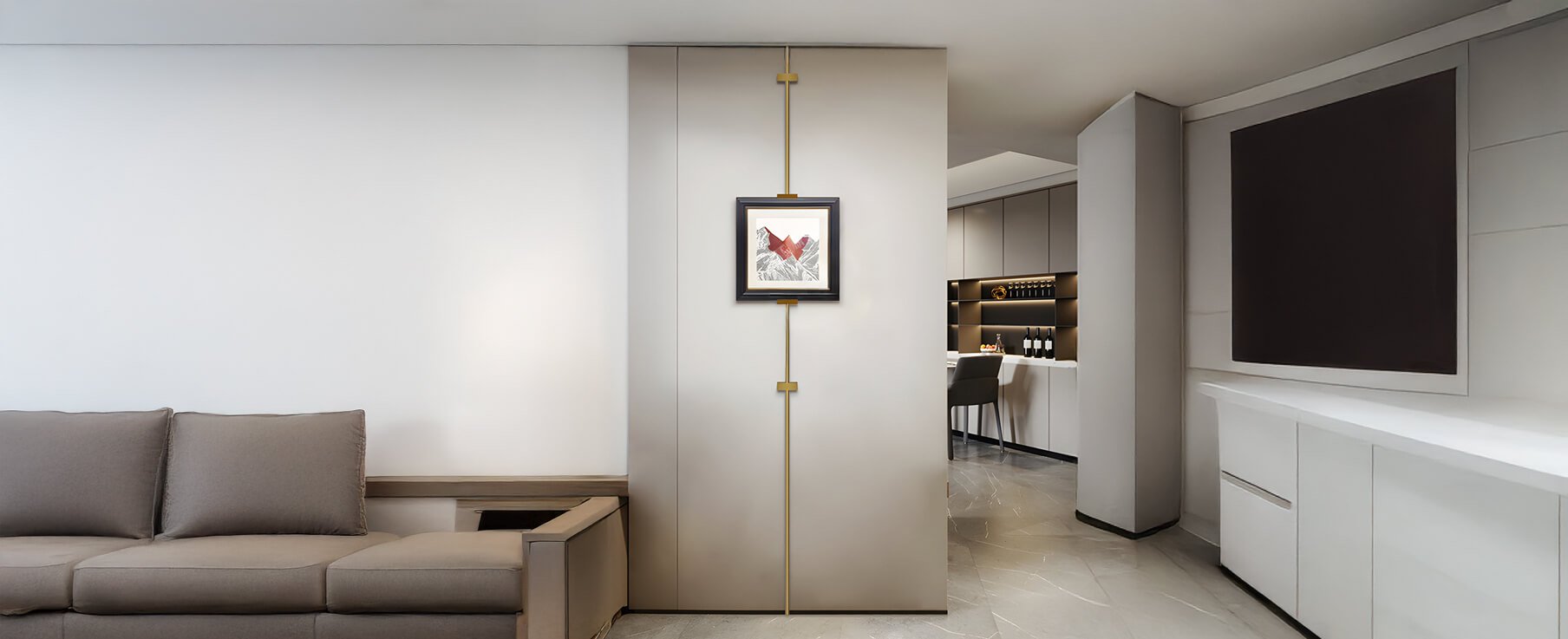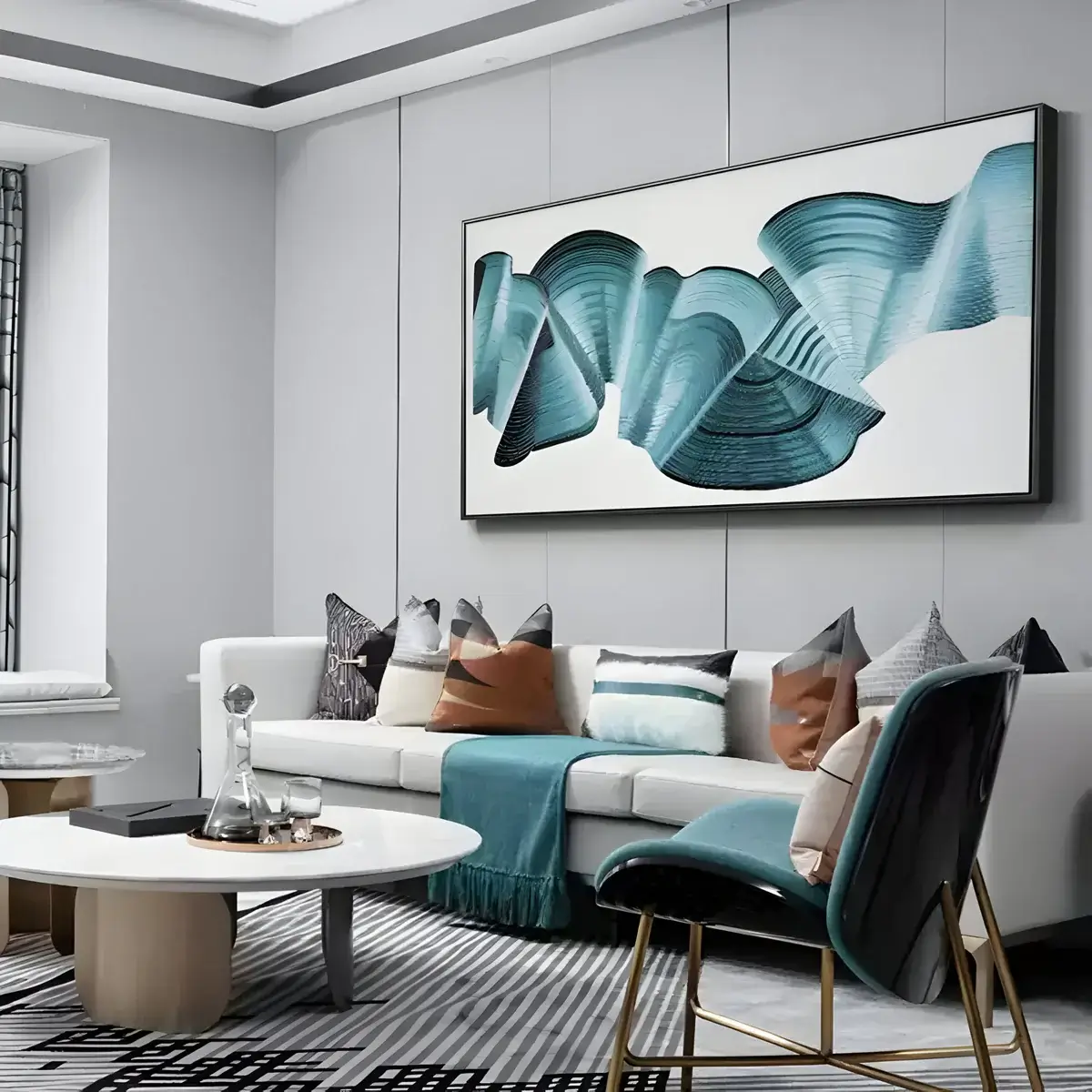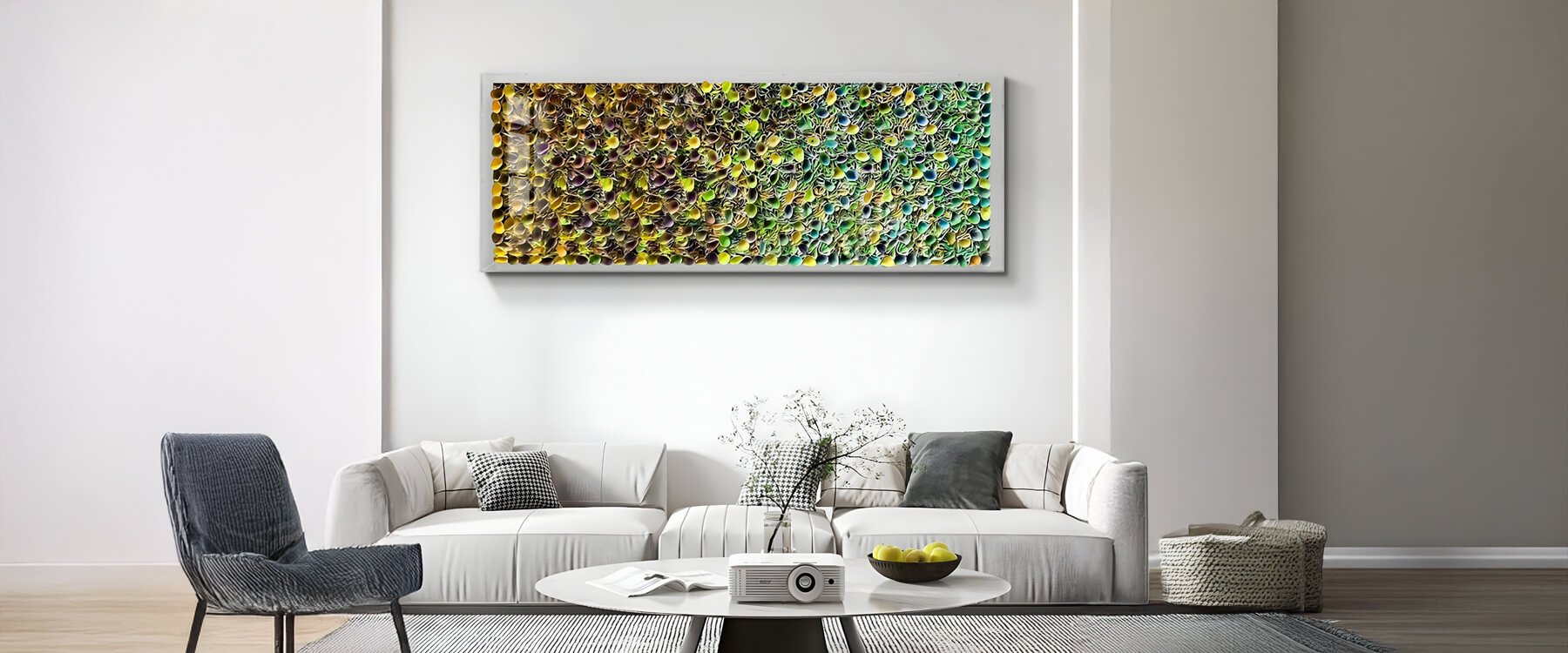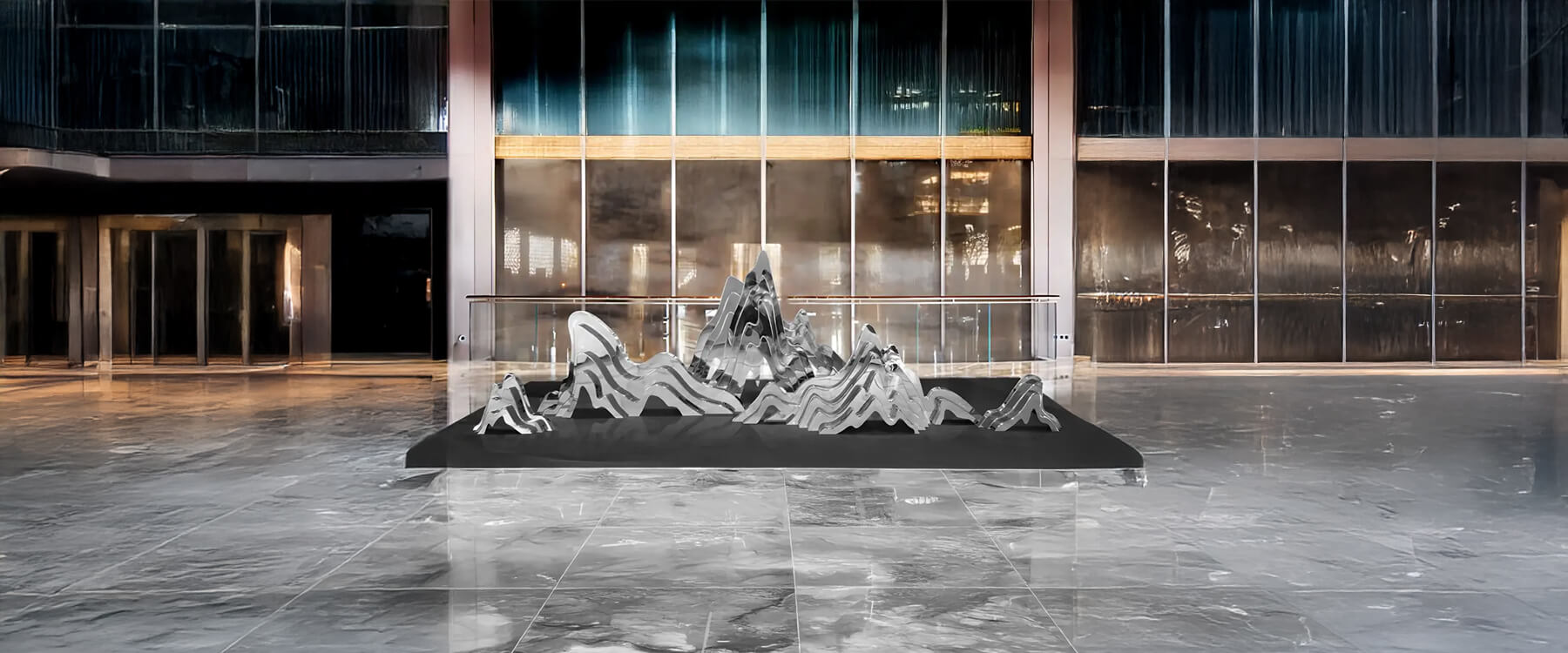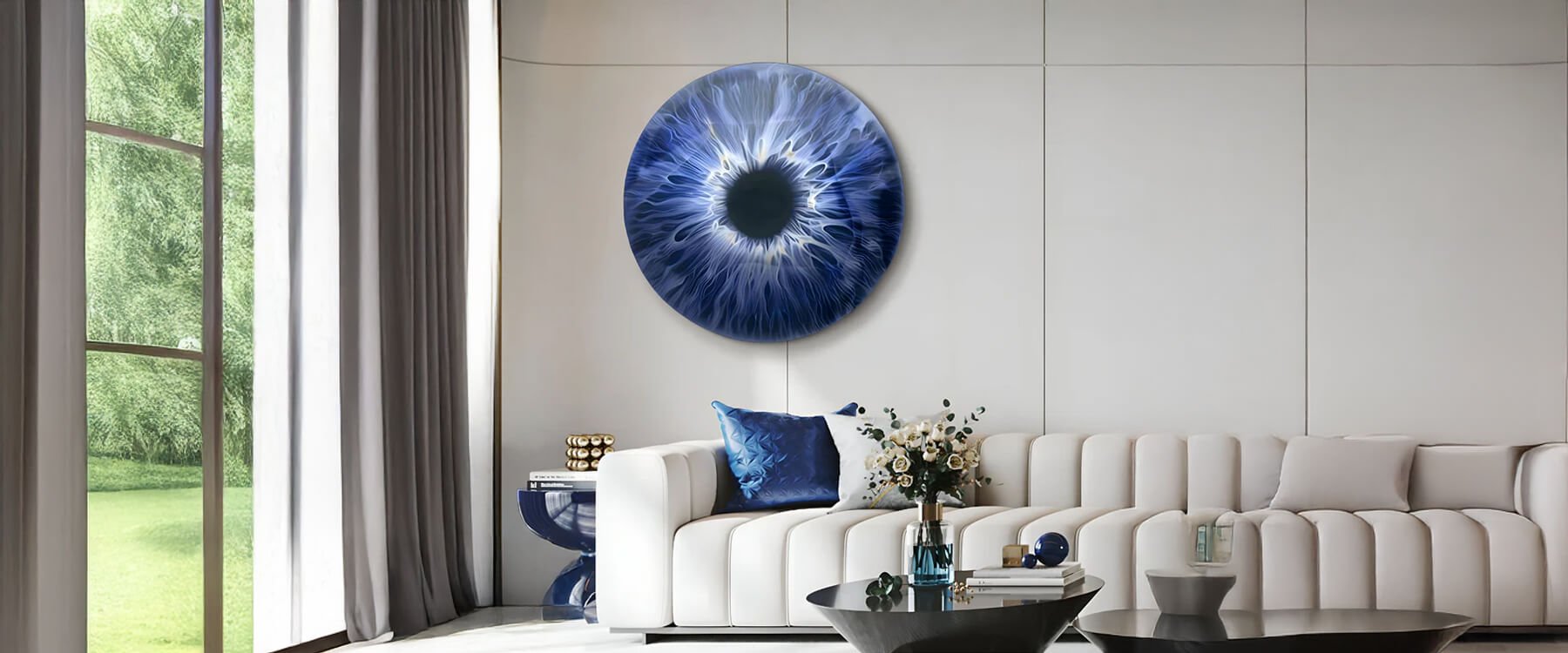Introduction
Landscape art has captivated human imagination for centuries, serving as a source of inspiration, reflection, and artistic exploration. From vast mountain ranges to tranquil seascapes, this genre immortalizes the beauty of nature while evoking a profound emotional connection. Viewed as traditional paintings or contemporary masterpieces, it remains a versatile and enduring choice for art lovers and home decorators alike.
In recent years, styles like 3D art, geometric art, and modern art have revolutionized the way we experience landscape art. These approaches add depth, abstraction, and innovative twists to traditional depictions, offering a fresh perspective on a timeless subject. This guide explores the enduring appeal of this art form, how modern techniques enhance its allure, and practical tips for selecting and caring for the perfect piece for your home.
The Timeless Appeal of Landscape Art
This genre of art continues to hold universal appeal, resonating across cultures, styles, and time periods. Here’s what makes it so beloved:
A Connection to Nature
Art inspired by natural scenery connects us deeply to the world around us, depicting serene forests, rolling hills, and tranquil beaches that evoke peace and wonder in our homes. By bringing the outdoors inside, this art form serves as a visual escape from the chaos of daily life, offering a calming presence in any space.
Adaptability Across Styles
One of the greatest strengths of this genre is its ability to adapt to various artistic movements. From the realism of 19th-century oil paintings to the bold abstraction of modern works, it continuously evolves while maintaining its core identity. For example:
- A classic countryside scene pairs beautifully with traditional interiors.
- An abstract or geometric interpretation of a sunset suits minimalist and contemporary spaces.
Universal Themes
Works in this category often convey universal ideas such as exploration, tranquillity, and the passage of time. These themes transcend cultural boundaries, ensuring that this type of art remains relevant and timeless.
Modern Techniques in Landscape Art
While traditional styles have their charm, modern approaches like 3D art, geometric art, and modern art are redefining the way we view natural scenery. Let’s explore how these innovative techniques elevate landscape art.
3D Art in Landscape Depictions
3D art has revolutionized the traditional two-dimensional format of landscape art by incorporating layers and textures.
- How It Works: Artists use mixed media, layered canvas, or sculptural elements to create pieces that add a sense of depth.
- Why It Works: This tactile quality draws viewers into the scene, making the artwork feel immersive and alive.
- Example: A textured 3D waterfall depiction can transform a living room into a dynamic space with an organic vibe.
Geometric Art Meets Landscape Themes
Geometric art, with its clean lines and structured shapes, offers a contemporary twist on landscape art.
- How It Works: Natural scenes are reimagined with angular forms, patterns, or repetitive designs, blending abstraction with familiarity.
- Why It Works: The interplay of geometric elements adds visual intrigue while maintaining the essence of the natural world.
- Example: A geometric mountain range with bold triangular peaks is perfect for minimalist interiors.
Modern Art’s Influence on Landscape Art
Modern art brings bold experimentation to the landscape genre, breaking away from traditional representations.
- How It Works: Abstract techniques, vibrant colour palettes, and unconventional compositions reinterpret classic natural scenes.
- Why It Works: These contemporary designs challenge conventional aesthetics, making landscape art a statement piece for any space.
- Example: A modern depiction of a forest, painted with sweeping brushstrokes and unconventional hues, offers a unique centrepiece for a creative workspace.
Choosing the Right Landscape Art for Your Space
Selecting the perfect piece of artwork inspired by natural scenery involves more than just picking a design you like. It’s about finding a piece that enhances your home’s ambiance and complements its overall aesthetic.
Room-Specific Recommendations
- Living Room: Opt for large-scale landscape art to serve as a focal point. A 3D mountain vista or a bold abstract seascape can spark conversation and tie the room together.
- Bedroom: Select calming designs, such as minimalist geometric interpretations of nature or serene watercolour depictions, to promote relaxation.
- Office: Energize your workspace with vibrant modern creations, like an abstract cityscape or a colourful depiction of a forest scene, for an inspiring and creative atmosphere.
Matching Art to Your Décor Style
- Traditional Spaces: Classic oil or watercolour pieces featuring natural themes pair beautifully with vintage or rustic interiors, adding warmth and charm.
- Modern Spaces: Abstract and geometric works reinterpret landscapes for minimalist environments, bringing sophistication without overwhelming the decor.
- Eclectic Spaces: Combine styles for a curated aesthetic—pair a textured 3D forest scene with a geometric desert design to create a visually dynamic and unique display.
Lighting Considerations
Proper lighting can significantly enhance the impact of your art:
- Highlight 3D art with spotlights to emphasize texture.
- Use soft, even lighting for geometric designs to enhance their sharpness.
- Avoid direct sunlight to prevent fading, especially for delicate modern art pieces.
Framing and Placement Tips
How you frame and display your landscape art can transform its presence in a room.
Frame Selection
- Traditional Landscapes: Choose ornate wooden or gold frames to complement the timeless appeal.
- Modern and Geometric Pieces: Opt for simple, streamlined frames in black, white, or metallic finishes to highlight the artwork’s contemporary nature.
- 3D Art: Consider frameless displays or shadowbox frames to draw attention to the dimensional elements.
Placement Ideas
- Gallery Wall: Curate a mix of traditional, geometric, and modern landscapes to create a visually engaging display.
- Statement Piece: Hang a large-scale landscape artwork over a sofa, bed, or fireplace to serve as the room’s focal point.
- Clusters: Group smaller pieces with a shared theme, such as a trio of abstract seascapes or a collection of 3D nature-inspired scenes.
Caring for Your Landscape Art
Proper care is essential to ensure your artwork remains vibrant and beautiful for years to come.
General Maintenance
- Dust regularly with a soft, dry cloth.
- Avoid placing artwork in areas with excessive humidity or direct sunlight.
Care Tips for Modern Techniques
- 3D Art: Handle carefully to protect textured or layered elements.
- Geometric and Modern Art: Use a microfiber cloth to clean surfaces gently, preserving sharp lines and colours.
- Framed Pieces: Periodically check frames for signs of wear or loosening.
Conclusion
Landscape art continues to stand the test of time, offering a perfect blend of natural beauty and artistic expression. Its adaptability across styles - from traditional oil paintings to contemporary 3D and geometric designs - makes it a versatile choice for any home.
Whether you’re drawn to the tactile richness of 3D art, the structured simplicity of geometric patterns, or the bold creativity of modern interpretations, there’s a piece of landscape art that’s perfect for your space. Take the time to explore different styles and techniques, and you’ll find a timeless addition that reflects your personality and taste.


































































